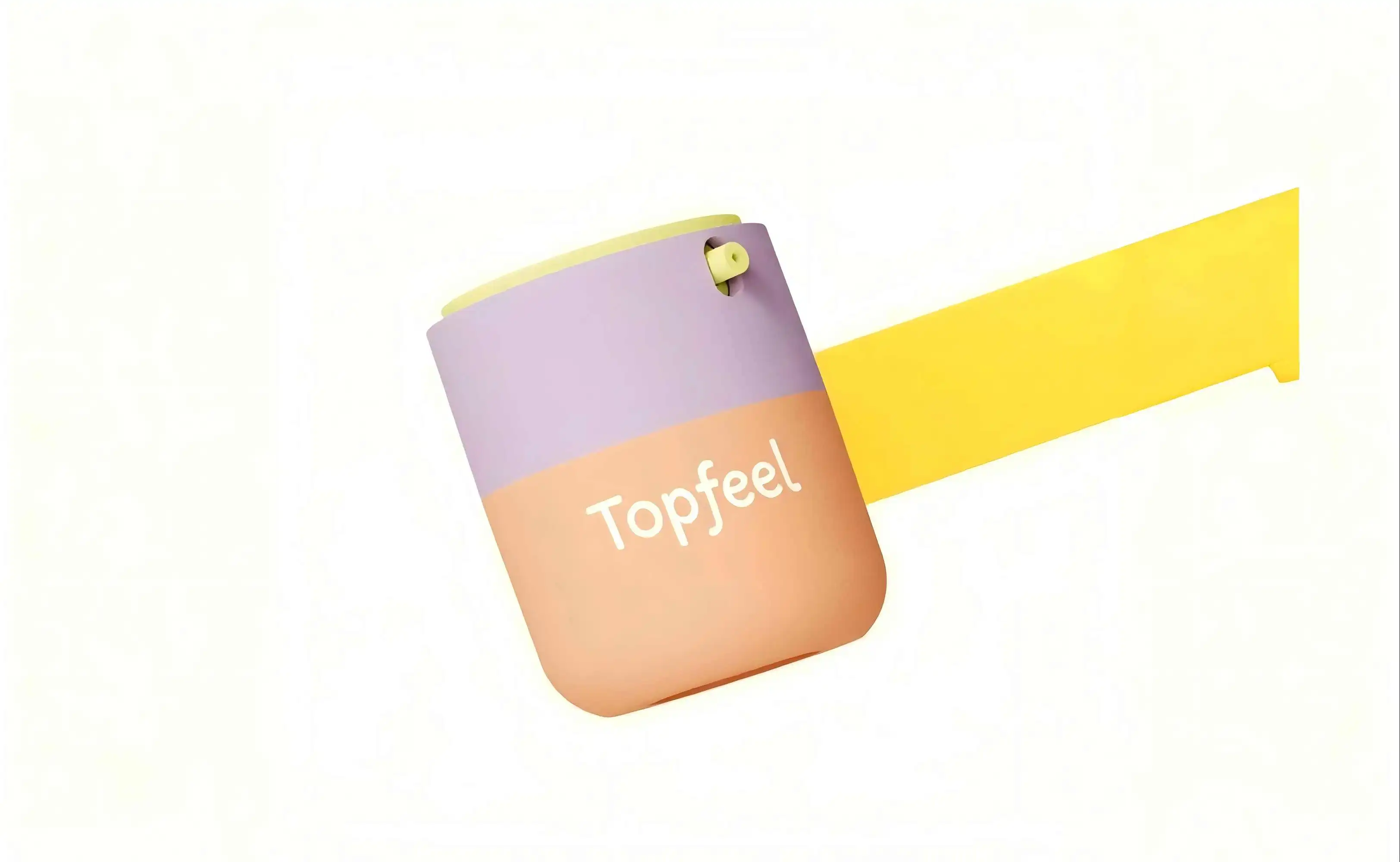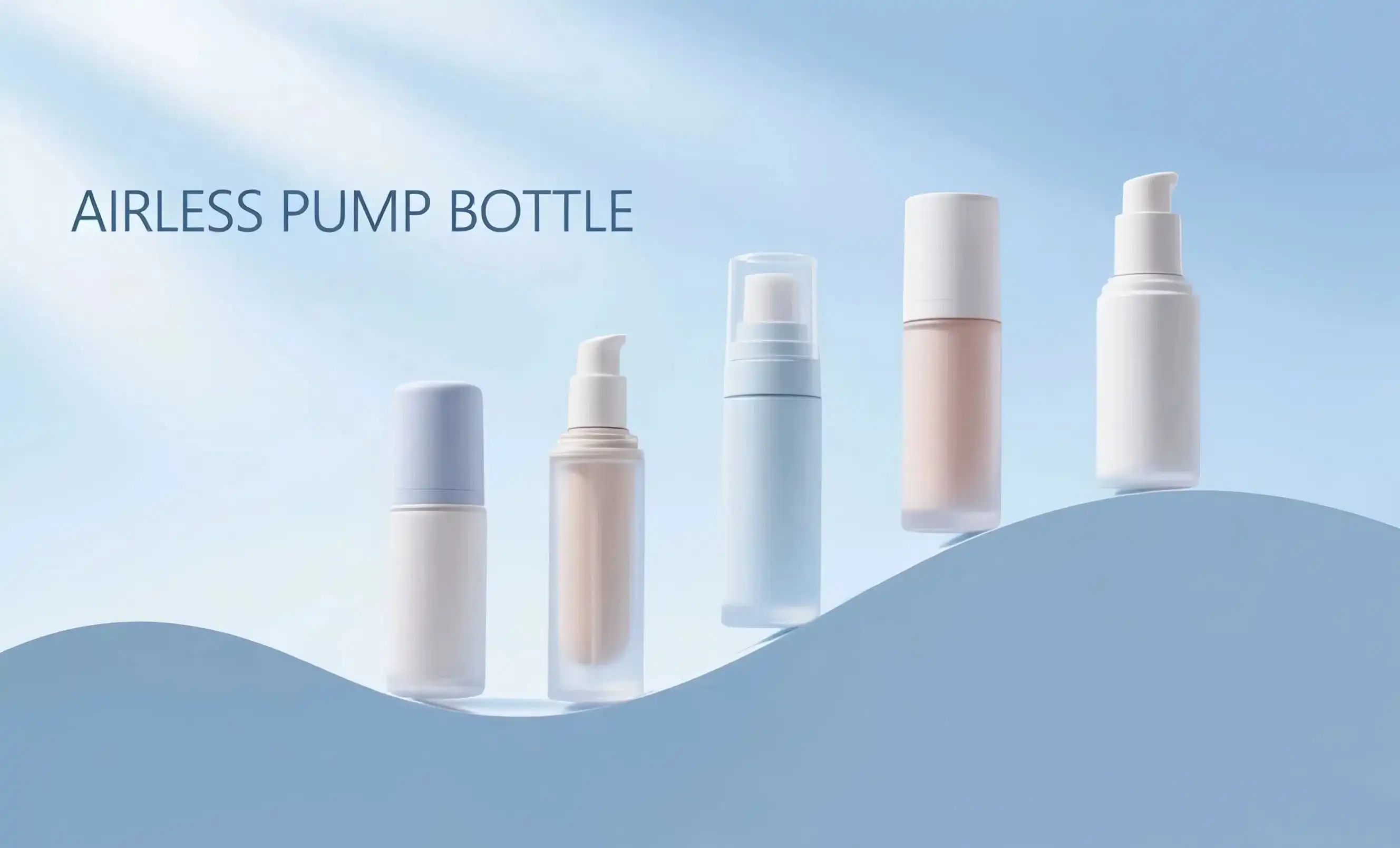Choosing the Right Plastic Airless Bottle for Cosmetic Products
Selecting the ideal plastic airless bottle for your cosmetic products is a crucial decision that can significantly impact the quality, shelf life, and user experience of your skincare or makeup formulations. These innovative packaging solutions have revolutionized the beauty industry by offering superior protection against oxidation and contamination. When choosing a plastic airless bottle, consider factors such as material quality, compatibility with your formula, dispensing mechanism, and design aesthetics. High-quality airless bottles prevent air from entering the container, preserving the integrity of sensitive ingredients and extending product longevity. They also ensure precise dosage control, minimize waste, and provide a luxurious user experience. By selecting the right plastic airless bottle, you can enhance your product's effectiveness, appeal to environmentally conscious consumers, and differentiate your brand in a competitive market. This comprehensive guide will help you navigate the selection process and make an informed decision that aligns with your product requirements and brand values.

What Factors Should You Consider for Plastic Airless Bottles?
When selecting plastic airless bottles for your cosmetic products, several crucial factors come into play. These considerations ensure that your chosen packaging not only preserves the integrity of your formulations but also aligns with your brand identity and customer expectations.
Material Compatibility and Quality
The material of your airless bottle must be compatible with your cosmetic formulation. High-quality plastics that are inert and non-reactive are essential to prevent any chemical interactions that could compromise the product's efficacy or safety. Look for materials that meet stringent regulatory standards, such as EU REACH, FDA, and CA Prop65 compliance. Some brands may prefer recycled plastics (PCR) or biodegradable options to align with sustainability goals.
Design and Aesthetics
The visual appeal of your packaging plays a significant role in brand perception and consumer attraction. Consider bottles that offer customization options such as unique shapes, gradient spraying, electroplating, silk screen printing, or hot stamping. These design elements can help your product stand out on shelves and resonate with your target audience.
Functionality and Performance
Ensure that the airless bottle you choose provides excellent functionality for your specific product type. It should offer airtight sealing and leak prevention capabilities. The dispensing mechanism should be suitable for various product viscosities, whether you're packaging liquids, creams, or essences. For instance, airless packaging should provide efficient vacuum extraction, while droppers require precise titration capabilities.
Customization and Flexibility
In the fast-paced beauty industry, the ability to quickly adapt to market trends is crucial. Look for suppliers who offer rapid prototyping (within 7-15 days) and flexible minimum order quantities. This agility allows you to test new concepts and respond to market demands efficiently.
Key Features to Look for in Plastic Airless Bottle Selection
When choosing the right plastic airless bottle for your cosmetic products, certain key features can make a significant difference in product performance and consumer satisfaction.
Airtight Sealing Mechanism
An effective airtight seal is the cornerstone of airless bottle technology. It prevents air from entering the container, thus protecting the product from oxidation and contamination. This feature is particularly important for formulations containing sensitive ingredients like vitamins, antioxidants, or natural extracts that can degrade when exposed to air.
Precise Dispensing System
Look for bottles with a dispensing mechanism that offers controlled and precise product delivery. This not only enhances the user experience but also helps in reducing product waste. A good dispensing system should be able to handle various product viscosities consistently throughout the usage period.
UV Protection
For light-sensitive formulations, consider airless bottles that offer UV protection. This feature helps preserve the efficacy of ingredients that may degrade when exposed to light, ensuring that your product maintains its quality from the first use to the last.
Compatibility with Various Formulations
The ideal airless bottle should be versatile enough to accommodate different types of cosmetic formulations. Whether you're packaging a lightweight serum or a thick cream, the bottle should maintain its functionality and dispensing efficiency across various product consistencies.
Sustainability Features
With growing consumer awareness about environmental issues, sustainability features in packaging have become increasingly important. Look for airless bottles made from recycled materials, those that are recyclable, or options that use less plastic overall. Some advanced bottles even incorporate biodegradable components, aligning with eco-conscious consumer preferences.
Travel-Friendly Design
If your target market includes frequent travelers or on-the-go consumers, consider airless bottles with travel-friendly features. This might include secure locking mechanisms to prevent accidental dispensing, compact sizes that comply with airline regulations, or durable materials that can withstand the rigors of travel.
How Do Plastic Airless Bottles Protect Sensitive Cosmetic Formulas?
Plastic airless bottles offer superior protection for sensitive cosmetic formulas through various innovative mechanisms. Understanding these protective features can help you appreciate the value they bring to your product line.
Oxygen Barrier Technology
The primary function of airless bottles is to create an effective barrier against oxygen. As the product is dispensed, the container's internal mechanism, often a vacuum system or a flexible pouch, contracts to eliminate empty space. This process prevents air from entering the bottle, significantly reducing the oxidation of sensitive ingredients. This protection is particularly crucial for formulas containing unstable compounds like vitamin C, retinol, or certain peptides, which can lose their efficacy when exposed to air.
Minimizing Contamination Risk
Airless bottles reduce the risk of microbial contamination by limiting the product's exposure to external elements. Traditional pump bottles or jars allow air (and potentially, contaminants) to enter the container each time the product is dispensed. In contrast, airless systems maintain a sealed environment, helping to preserve the formula's integrity and potentially reducing the need for high levels of preservatives.
Preserving Product Stability
By maintaining a consistent internal environment, airless bottles help preserve the stability of complex formulations. This is particularly beneficial for emulsions or products with multiple active ingredients that might separate or degrade under varying conditions. The stable environment within the airless bottle helps maintain the product's texture, color, and efficacy throughout its shelf life.
Enhanced Product Longevity
The protective features of airless bottles contribute to extending the shelf life of cosmetic products. By shielding the formula from air, light, and contaminants, these packaging solutions can help maintain the product's effectiveness for longer periods. This not only benefits consumers but can also potentially reduce waste and improve the overall sustainability of your product line.
Precise Dosage Control
Many airless bottles are designed with precision dispensing mechanisms that deliver a consistent amount of product with each use. This feature not only enhances the user experience but also helps protect the remaining product in the bottle. By dispensing only what's needed, the system minimizes the exposure of the bulk of the product to external factors, further safeguarding sensitive formulas.
In conclusion, choosing the right plastic airless bottle for your cosmetic products is a decision that requires careful consideration of multiple factors. From material compatibility and design aesthetics to functional features and sustainability concerns, each aspect plays a crucial role in ensuring your product's success in the market. By prioritizing these elements, you can select packaging that not only preserves your formula's integrity but also enhances your brand's appeal and meets consumer expectations.
Are you ready to elevate your cosmetic packaging with high-quality plastic airless bottles? At Topfeelpack, we specialize in advanced airless packaging solutions designed to meet the unique needs of skincare brands, makeup brands, beauty store own brands, and cosmetics OEM/ODM factories. Our commitment to sustainability, fast customization, competitive pricing, and rapid delivery sets us apart in the industry. Whether you're a CEO looking for innovative packaging solutions, a product manager seeking to enhance your product line, or a brand manager focused on aligning packaging with your brand image, we have the expertise to meet your needs. From eco-friendly materials to custom designs and precise functionality, our team can help you navigate the complexities of choosing the perfect airless bottle for your formulations. Don't let packaging limitations hold back your product's potential. Contact us today at pack@topfeelgroup.com to discover how our plastic airless bottles can transform your cosmetic packaging strategy and drive your brand's success.
References
- Smith, J. (2022). "Advancements in Cosmetic Packaging: The Rise of Airless Technology." Journal of Packaging Innovation, 15(3), 78-92.
- Johnson, A. & Lee, S. (2023). "Material Compatibility in Cosmetic Packaging: A Comprehensive Review." International Journal of Cosmetic Science, 45(2), 210-225.
- Brown, E. (2021). "Sustainable Packaging Solutions for the Beauty Industry." Green Cosmetic Packaging Quarterly, 8(4), 45-58.
- Garcia, M. et al. (2022). "Consumer Perceptions of Luxury Cosmetic Packaging: A Market Analysis." Journal of Beauty Marketing, 30(1), 112-128.
- Wilson, K. (2023). "Preserving Sensitive Formulations: The Role of Airless Packaging in Modern Cosmetics." Cosmetic & Toiletries Magazine, 138(5), 32-40.
- Taylor, R. & Patel, N. (2021). "Innovations in Dispensing Mechanisms for Cosmetic Products." Packaging Technology and Science, 34(6), 301-315.

Looking for quality cosmetic packaging? Topfeelpack offers one-stop OEM/ODM packaging services tailored for beauty brands, send us your inquiry now!
 - 副本_1745399213966.webp)
TOPFEELPACK CO., LTD

_1747827716538.webp)

